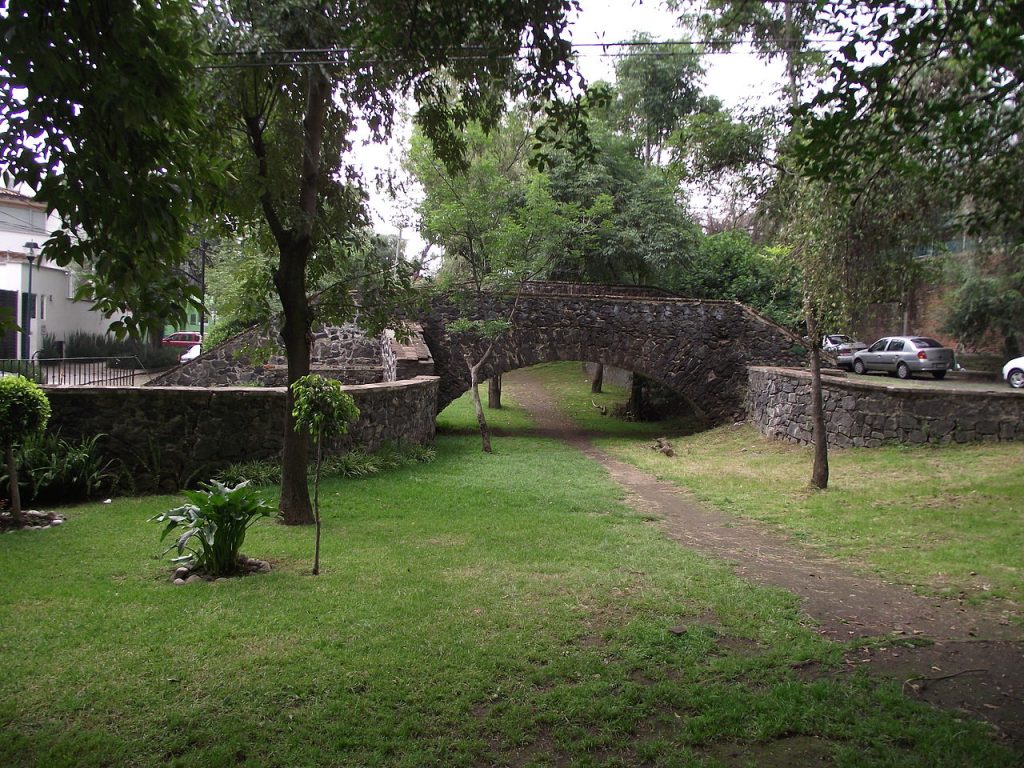
Mexico City’s Walking Neighborhoods are favorites for residents and visitors alike. And, there are a lot of them. Hopefully, you’ve packed your comfortable shoes cause there’s a lot of ground to cover. But perhaps the most surprising thing of all is that there are an increasing number of them, too.
International guests usually start out in Roma/Condesa or the Historic Center. And these are good. Pedestrian-only Regina and San Jeronimo make it easy to want to explore more, and further. The Santo Domingo Area is another concise and close-by historic neighborhood.
But from there, we’re going to branch way out. We’ll start with the “traditional” and finish up below with some new and exciting up-and-coming neighborhoods — even some that are very old.

Two of the most traditional places for simply walking and gopping are right next to each other. Easily accessible from Metro San Cosme, both share colonial-era roots in an early island town called San Cosme. Today, Santa Maria may have more to look at than some countries. But San Rafael has probably convinced more visitors to ultimately move to Mexico City. It’s a colonia of raw sophistication, eclectic everything, and a glowing art scene.
Along their way though, a lot of international travelers will neglect to look more closely at these two. Tabacalera is a triangular neighborhood of broad mid-century streets. Guerrero on the other hand, was a late-19th-century suburb. It’s blossomed into acres of mature shade trees and curious streets and alleys. Mexico City residents are still wary of Guerrero’s late 20th century decline. But it’s come back safer and more secure, and ultimately more beautiful. Follow the link for details on Guerrero’s ancient history and more modern attractions.
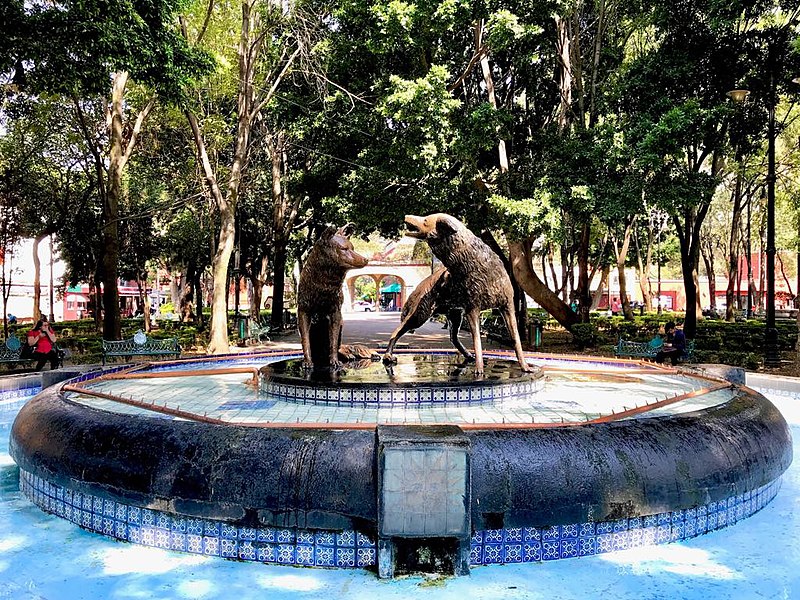
“Duh.” The Historic Center of Coyoacán is already loaded with visitors. They come for the Frida Kahlo Museum more than anything. But some will come back just because the streets are so pleasant for a stroll. Broad and shaded by trees, there’s a lot to look at. And with a market like this, the food is as good as getting there.

Two more classics, San Ángel used to be a far-off quaint town of gardens and orchards. It was always popular with rich people seeking a stroll. Its main orchard, Chimalistac, is today a neighborhood all on its own. There’s a photo at the top of this page. Stone bridges once spanned the gushing river that watered the trees on both sides. Today the bridges are just the start to a wonderful place to explore. And that same old town of San Ángel, one of the City’s best weekend promenades, is just a stone’s throw away.
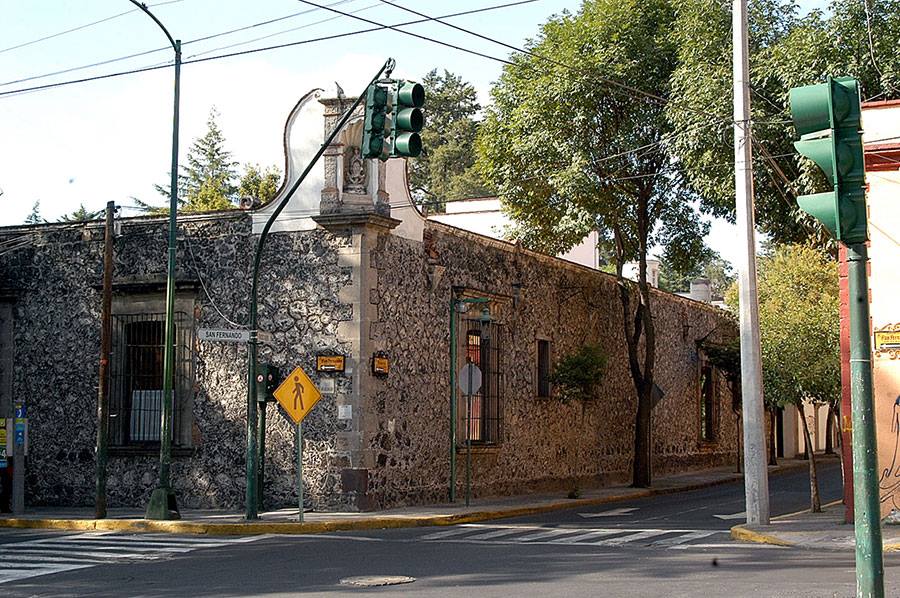
Lots of Mexico City residents would be thrilled to spend a day strolling old San Agustín de las Cuevas. It’s remarkable, colonial, and just plain attractive. Most visits start around the Parque de la Constitución. But from there the options are pretty much endless. And beautiful.

The Center of Xochimilco is classic – but not as a walking neighborhood! People come for the boats, …and to ride the canals. But walking around to find that perfect little independent eatery is a task all on its own. It’s easy to get lost – or to have to turn back to cross that little bridge you missed. But an afternoon here is as charming as anything in Venice. And friendlier, too. (Take the map with you!)
(And yes, you can ride the canals and walk the streets all in the same afternoon.)
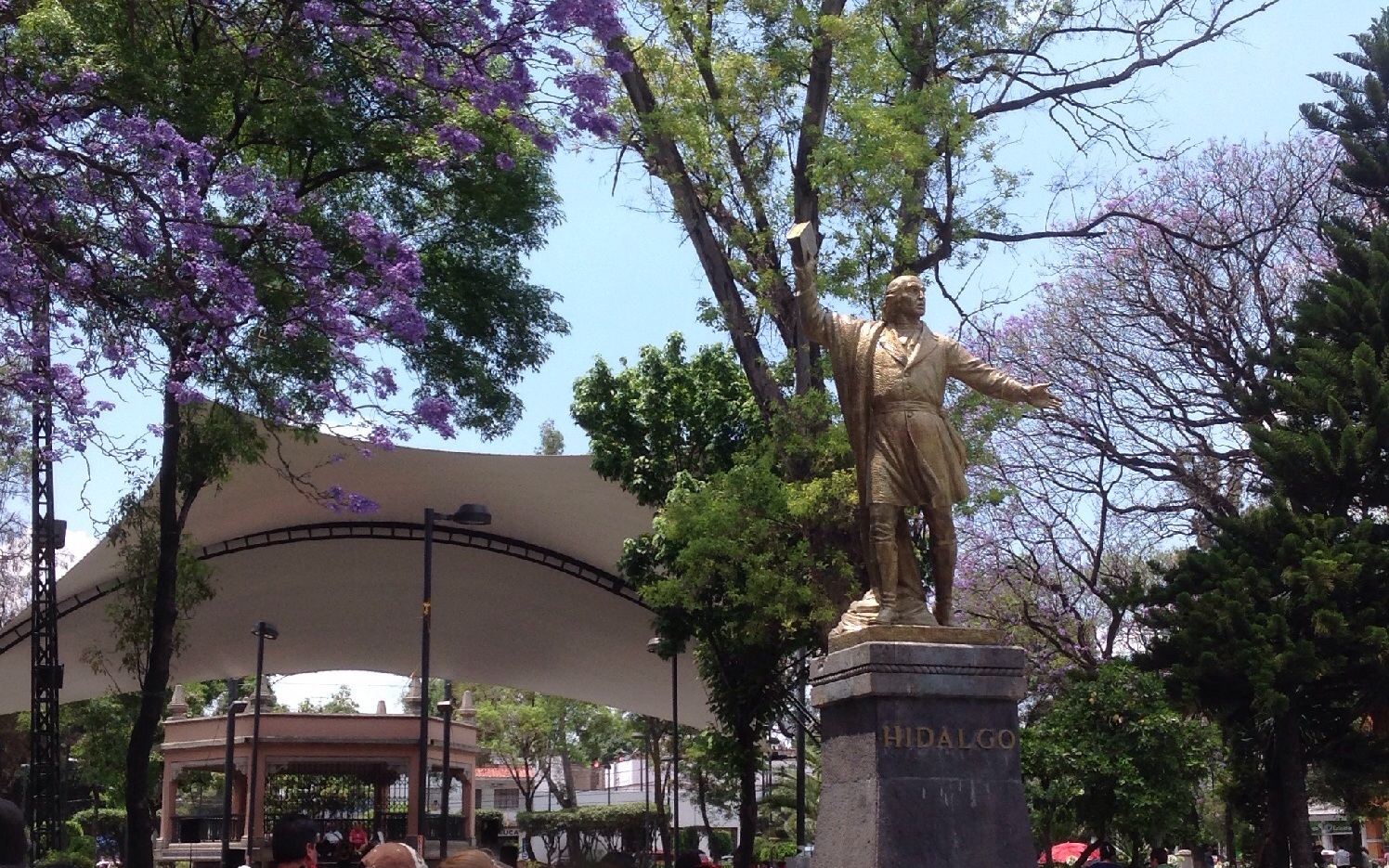
Totally in the other direction, Azcapotzalco is aloof from Mexico City’s buzzy tourist scene. It’s hardcore traditional in the way that a local town center has to be. But without the crush of camera clickers, international visitors get access to the Centro de Cultura, the plazas, and the market, and in the former capital of some 25 surrounding original settlements.
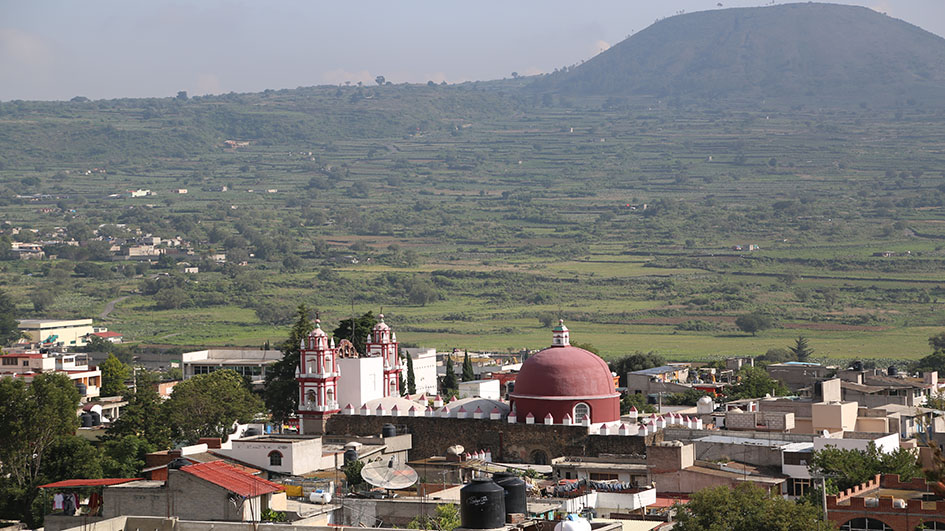
For those truly bummed in the big city, this big city includes far off Milpa Alta, too. It’s tourist crush comes for the annual festivals – nopales and mole. But year round, it’s precisely the sort of tiny town that makes the larger country of Mexico such a popular international destination. And walking around is just one of charm you’ll find here.
The only challenge is getting there. Villa Milpa Alta is way in the south.
Culhuacan has been inhabited since about the year 800 CE. It’s easily one of the longest continually inhabited parts of the city. Visitors often combine a trip to the town here with trips to the Cerro de la Estrella National Park, Museum, and Archaeological Site. The Canal Nacional, quite literally in the opposite direction, has overnight tripled Culhuacan’s appeal as a walkable neighborhood.
But start at the monastery, and take in the market. There’s almost too much to see and too much to do.
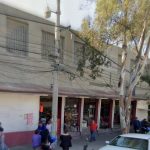
A public market for the Cristo Rey neighborhood and the Unidad Santa Fe , , ,
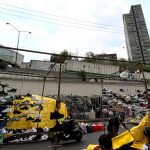
Sundays at La Búfalo pack a lot of style in a few audacious blocks...

A fantastic double-corridored market makes up for size with class and history...
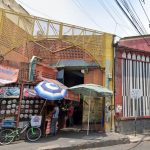
A market dedicated to the fallen in San Ángel...

Famous and historic Santa Fé has a terrific place for lunch...